The Supersonic Jet Market is currently characterized by a dynamic competitive landscape, driven by technological advancements, regulatory changes, and a growing demand for faster air travel. Key players such as Boom Supersonic (US), Lockheed Martin (US), and Airbus (FR) are at the forefront, each adopting distinct strategies to enhance their market positioning. Boom Supersonic (US) focuses on innovation, particularly with its Overture aircraft, which aims to redefine commercial air travel by significantly reducing flight times. Meanwhile, Lockheed Martin (US) leverages its extensive defense and aerospace expertise to develop the X-59 QueSST, a prototype designed to demonstrate quiet supersonic flight, thereby addressing noise regulations that have historically hindered supersonic travel. Airbus (FR), on the other hand, is exploring partnerships and technological collaborations to integrate sustainable aviation fuels into its supersonic designs, reflecting a broader industry trend towards sustainability.
In terms of business tactics, companies are increasingly localizing manufacturing and optimizing supply chains to enhance efficiency and reduce costs. The Supersonic Jet Market appears moderately fragmented, with several players vying for market share, yet the collective influence of major companies like Boeing (US) and Aerion Supersonic (US) is notable. Boeing (US) is actively pursuing strategic partnerships to bolster its technological capabilities, while Aerion Supersonic (US) is focusing on developing its AS2 aircraft, which emphasizes eco-friendly operations. This competitive structure suggests that while individual companies may have distinct strategies, their collective actions significantly shape market dynamics.
In August 2025, Boom Supersonic (US) announced a partnership with a major airline to accelerate the development of its Overture aircraft, which is expected to enter service in the coming years. This collaboration not only validates Boom's technological advancements but also indicates a growing interest from airlines in supersonic travel, potentially revitalizing the market. The strategic importance of this partnership lies in its potential to enhance customer confidence and secure pre-orders, which are crucial for the financial viability of new aircraft.
In September 2025, Lockheed Martin (US) successfully completed a critical test flight of the X-59 QueSST, demonstrating its capabilities in achieving supersonic speeds while minimizing noise. This milestone is pivotal as it not only showcases Lockheed's engineering prowess but also positions the company as a leader in addressing regulatory challenges associated with supersonic flight. The implications of this achievement could extend beyond military applications, influencing commercial aviation regulations and paving the way for future supersonic aircraft.
In October 2025, Airbus (FR) revealed its commitment to sustainability by announcing a new initiative aimed at integrating hydrogen fuel technology into its supersonic aircraft designs. This strategic move aligns with global trends towards reducing carbon emissions and positions Airbus as a forward-thinking player in the market. The emphasis on sustainable aviation fuels may attract environmentally conscious consumers and investors, thereby enhancing Airbus's competitive edge in an increasingly eco-aware market.
As of October 2025, the Supersonic Jet Market is witnessing trends that emphasize digitalization, sustainability, and the integration of artificial intelligence in aircraft design and operations. Strategic alliances are becoming increasingly vital, as companies recognize the need for collaboration to navigate the complexities of regulatory environments and technological advancements. Looking ahead, competitive differentiation is likely to evolve from traditional price-based competition to a focus on innovation, technological integration, and supply chain reliability, suggesting that companies that prioritize these aspects will be better positioned to thrive in the future.
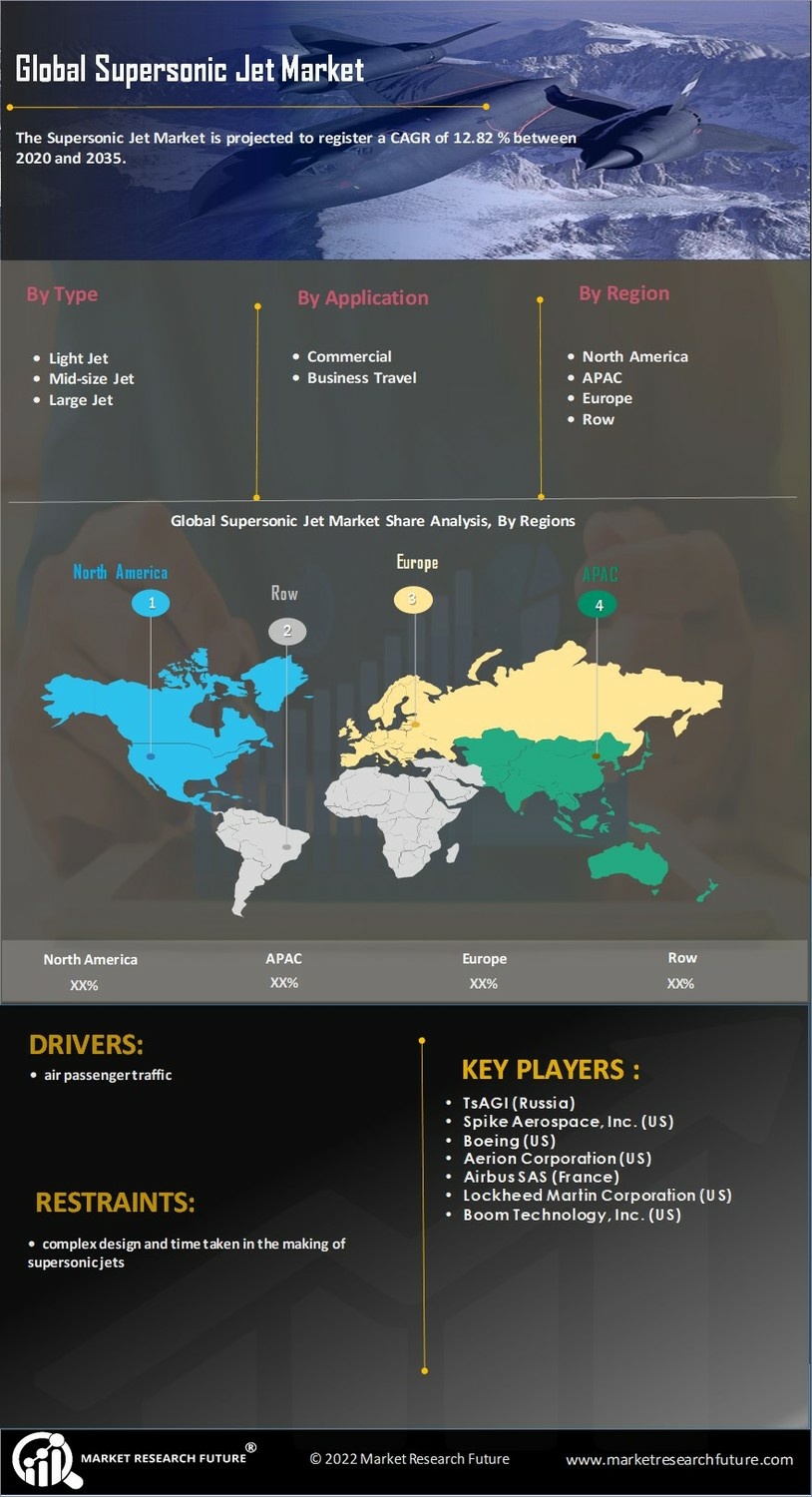

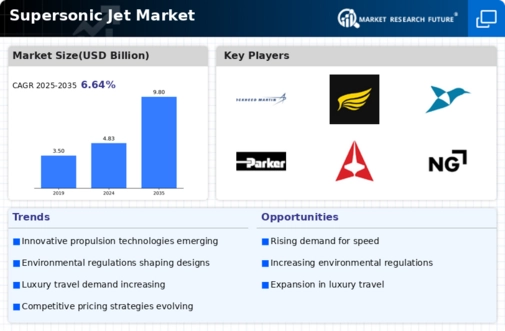
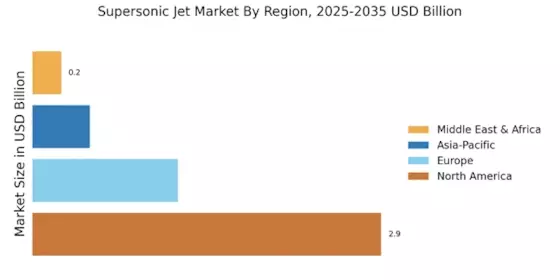
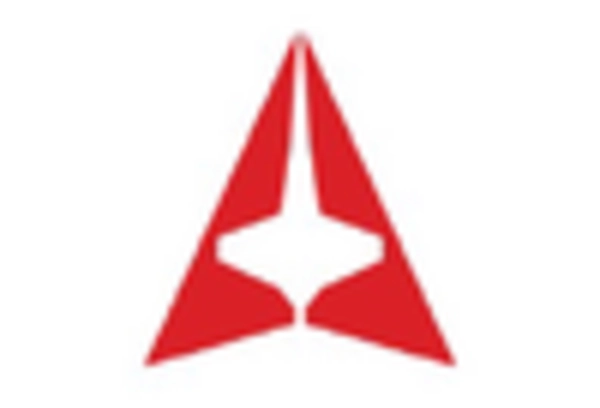


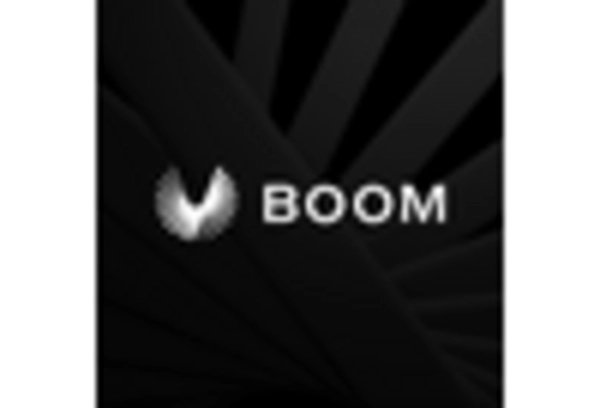

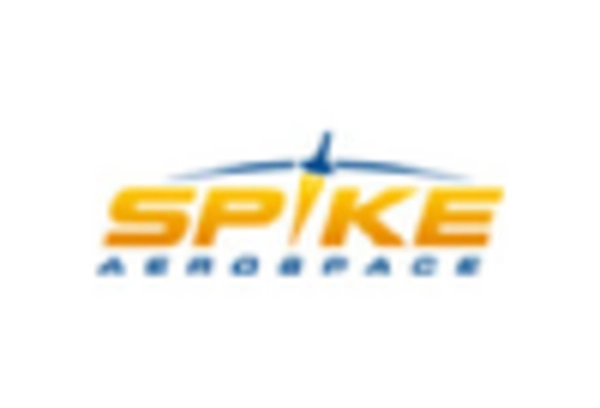








Leave a Comment